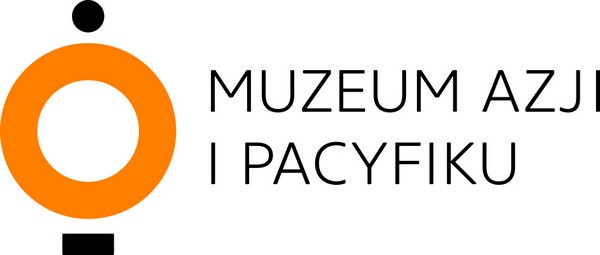Mongolian tea set: a dombo jug and an ayag bowl
jug:
Mongolia, 2nd half of 20th c.
brass, copper; hammering, soldering; h. 33 cm
inv. no. MAP 13098
bowl:
Mongolia or Tibet, 2nd half of 20th c.
wood, silver;turning, hammering; h. 5,4 cm, diameter 13,2 cm
inv. no. MAP 9029
Mongolians have drunk tea with milk daily for centuries, enjoyed independently of the equally popular kumis (fermented mare’s milk). Its consumption was noted as early as 1253-55 by William of Rubruck, a Flemish traveler and Franciscan missionary serving as an envoy of the French king to the khan of Mongolia. Each province has its own tea recipe, but the main ingredients are always: water, black tea, cow milk (other milks such as sheep milk, or – more rarely – goat milk, could also be used), and salt, because unlike our tea, Mongolian tea is salty! Butter could also be added along with medicinal herbs, dried meat, or bones (from which the tea gains various microelements: calcium, potassium and vitamins).
The drink is served once or twice a day, depending on the number of family members. It is prepared by boiling water in a large pot (Mong. togoo), to which the tea is added. After a while, milk and salt is added as well, which is then carefully beaten down (not stirred) with a large ladle. When the tea is ready, it is poured into a dombo jug, from which it is served into ayag bowls. Tradition prohibits pouring from the dombo in the direction of the door (the south), it can be, however, poured in any other direction, such as towards the household altar (the north).
The dombo jug is in the shape of a cut cone, with its top permanently sealed – it has tiny holes on its top surface. It is made from a plate of hammered brass, reinforced with copper rims. Usually, such sets are made and kept in pairs, in the yurt. They can be made from wood with metal rims; from copper, and also from silver.
The ayag bowl is made from wood and silver plate. The same shape and decorations of bowls have been used, since the middle ages, in Tibet and Nepal. In Mongolia, the ayag bowls are used to serve kumis as well.
The exhibits can be viewed in the Museum hall till 31st July, 2019
Eng. translation: Rafał Kaszyński

![grafika z tekstem [journeys to the east]](https://www.muzeumazji.pl/maip/uploads/2022/08/baner_strona_english_tn-1140x220.jpg)

